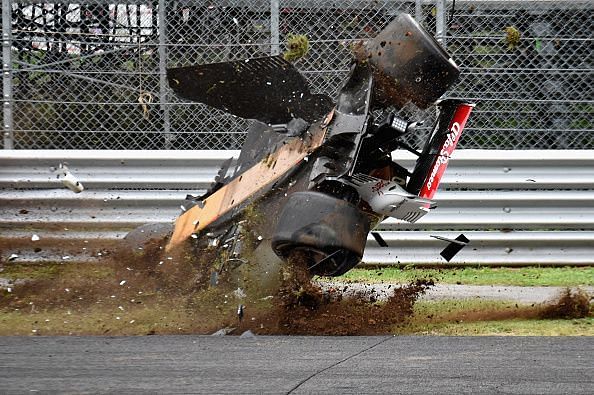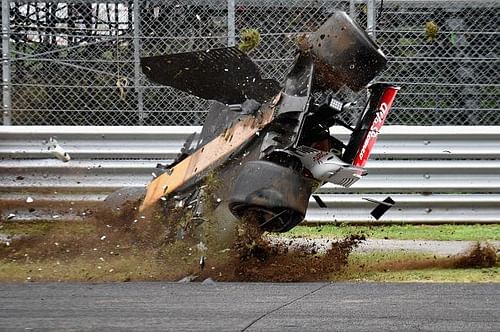
F1: Ericsson’s Heavy Crash & Sauber’s DRS Worries

It’s not something a driver wants to experience when driving a car at over 220 mph (350 kmph). In a second, you just become a passenger, and the car flips and rolls multiple times, and disintegrates with multiple impacts.
That’s what happened to Marcus Ericsson in Free Practice 2 of Monza Grand Prix.
The car veered left – collided with the barriers - disintegrating, with carbon fibers flying around – barrel rolling, spectacularly. The force of the crash recorded in northwards of 20g. For comparison, astronauts generally experience a g-force of around 3gs during liftoffs.
TV replays did show, that his DRS remained open that would have resulted in a major drop in his car’s downforce, at probably fastest part of any track in F1 calendar.
Although he managed to walk away unscathed, epitomizing F1’s safety record, he has now endured two Drag Reduction System (DRS)-induced crashes in five races – both at high-speed.
Sauber’s Recent DRS Tweak
Sauber has changed the DRS System’s functionality, following a DRS failure in Ericsson’s car, while taking the fast Abbey right-hand curve*. Following this, Sauber modified its DRS system to close automatically, whenever the driver lifts off totally.
Prior to this, the DRS flap would close only under heavy braking or through the manual application of the button which is located on the steering wheel of each F1 car.
Following Monza stunt, Sauber has ruled out the issue with the rear wing, but the issue could be probably around the mechanism of DRS flap or the software that triggers the mechanism.
Marcus Ericsson and Sauber on Friday night confirmed that he will continue to race this weekend, much to the relief of everyone.
*the new DRS detection zone was introduced at British GP, running through the pit straight to Turn 1 (Abbey) and ending after Turn 2 (Farm).